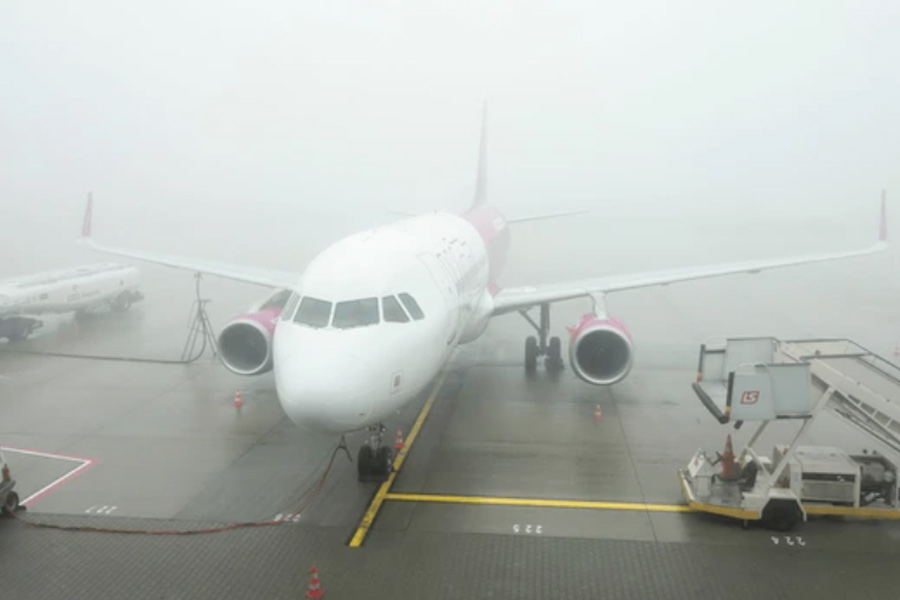The bombs used in the Israeli strike that killed dozens of Palestinians in a camp for displaced people near Rafah on Sunday were made in the US, according to weapons experts and visual evidence reviewed by The New York Times.
Munition debris filmed at the strike location the next day were remnants from a GBU-39, a bomb designed and manufactured in the US, The Times found.
US officials have been pushing Israel to use more of this type of bomb, which they say can reduce civilian casualties.
The key detail in the weapon debris was the tail actuation system, which controls the fins that guide the GBU-39 to a target, according to Trevor Ball, a former US Army explosive ordnance disposal technician, who earlier identified the weapon on X.
The weapon’s unique bolt pattern and slot, where the folding fins are stowed, were clearly visible in the debris, Ball said.
The munition fragments, filmed by Alam Sadeq, a Palestinian journalist, are also marked by a series of numbers beginning with “81873”. This is the unique identifier code assigned by the US government to Woodward, an aerospace manufacturer based in Colorado that supplies parts for bombs, including the GBU-39.
At least 45 people in Kuwaiti Al-Salam Camp 1, which was built in early January, were killed by the blast and subsequent fires, according to the Gazan health ministry. More than 240 were wounded.
US officials have been encouraging the Israeli military for months to increase the use of GBU-39 bombs in Gaza because they are generally more precise and better suited to urban environments than larger bombs, including the US-made 2,000-pound bombs that Israel routinely uses. President Joe Biden said earlier this month that the US was pausing a delivery of the larger bombs.
“The strike was conducted using two munitions with small warheads suited for this targeted strike,” Rear Admiral Daniel Hagari, the Israeli military spokesman, said during a news conference on Tuesday. The bombs contained 17kg of explosive material, he said. “This is the smallest munition that our jets can use.”
In response to questions from The Times, the Israeli military declined to specify the munition used. The GBU-39 has a net explosive weight of about 17kg.
Admiral Hagari said the military had taken steps to narrowly target two Hamas leaders, who he said were killed in the strike, and did not expect the munitions to harm nearby civilians. The bombs were dropped on sheds inside a camp for internally displaced people and many tents were visible close by. Footage shows that the bombing set off deadly fires.
Admiral Hagari said the Israeli military’s investigation was continuing. He suggested the fire might have been sparked by a secondary explosion, which he said indicated there may have been weapons stored in the area.
“Our munition alone could not have ignited a fire of this size,” Admiral Hagari said.
Frederic Gras, a French consultant on munitions, questioned the Israeli military’s reasoning. “Any explosion or detonation starts a fire as soon as flammable products are in the vicinity,” he said, noting that there are often many gas cylinders and lamps in such camps.
Video shot by witnesses after the attack shows the scale of suffering. People scream as they pull charred bodies from rubble while flames rage behind them. One man holds up the body of a headless child.
“The Israelis have said they used 37-pound bombs,” John Kirby, a White House spokesman said at a briefing on Tuesday. “If it is in fact what they used, it is certainly indicative of an effort to be discreet and targeted and precise.”
Larry Lewis, a former Pentagon and state department adviser who has written several federal reports on civilian harm, said it seemed as though the Israeli military had in this case taken steps to mitigate danger to civilians. “Secondary explosions can be hard to anticipate,” Lewis said.
But he said he was troubled that in surveillance footage released by the military, four people appeared to be outside the targeted buildings before the strike.
Lewis said the decision to strike at that time raises questions about whether the Israeli military “knew and accepted a possible civilian toll” or failed to notice the people, suggesting potential problems in their precautionary measures.
Wes J. Bryant, a retired American Air Force master sergeant who served on a task force critical of Israel’s use of weapons in Gaza, told The Times that he had dropped many GBU-39 bombs during his military service and that this strike was problematic.
“It indicates continued targeting negligence — either an unwillingness or inability to effectively safeguard civilians,” Bryant said. “When you use a weapon that’s intended as precision and low-collateral damage in an area where civilians are saturated, it really negates that intended use.”
New York Times News Service











